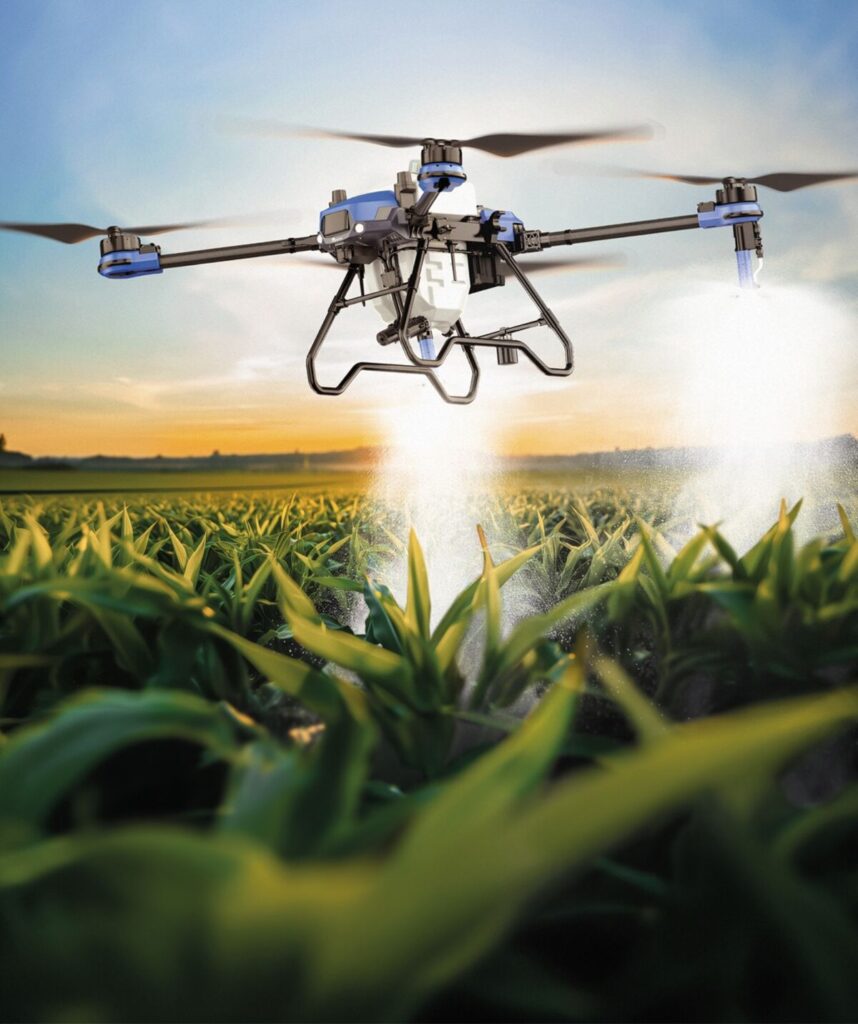Nós usamos cookies
Este site usa cookies para aprimorar sua experiência de navegação.

Discover how drone seeding is transforming agriculture in challenging soils, boosting efficiency, sustainability, and expanding crop potential in areas once considered unfeasible.
In recent years, the use of drones in agriculture has gone far beyond traditional applications such as spraying and crop monitoring. Today, drones are emerging as an innovative solution for seed planting in challenging soils, offering practical alternatives where conventional methods face serious limitations.
In many regions, traditional seeding machinery cannot be used due to trees, stumps, rocks, or uneven terrain. In these cases, agricultural drones provide a highly efficient solution.
Equipped with specialized seed dispersal systems, they can fly over obstacles and perform aerial seed planting, ensuring uniform distribution even in hard-to-reach areas.
This technology enables the use of lands previously considered unsuitable, making it possible to establish pastures or cover crops in locations inaccessible to tractors or seed drills.
One of the biggest challenges in tropical agriculture is taking advantage of the short window after the first rains.
With conventional systems, farmers must wait until the soil dries enough to avoid compaction or machinery getting stuck. With drones, this limitation is eliminated.
Drone seeding allows immediate planting in moist soils, boosting germination rates and crop establishment. This agility is crucial in tropical regions where rainfall is often intense but irregular.
Modern agricultural drones go far beyond random seed dispersal. They provide:
Accurate seeding rate control.
Area mapping with georeferencing.
Integration with climate sensors and agronomic data.
This transforms drone planting into a precision agriculture practice, ensuring better use of inputs and reducing waste.
In addition to efficiency, drone technology in agriculture brings sustainable advantages:
Lower consumption of fossil fuels compared to heavy machinery.
Reduced soil degradation caused by tractors in wet conditions.
Cost-effective for small plots and hard-to-access areas.
This makes drones a tool for sustainable farming practices, combining productivity with environmental responsibility.
Drone seeding is proving to be a valuable alternative when time and terrain are limiting factors.
By combining speed, precision, and sustainability, drones are becoming an essential tool for modern production systems, especially in tropical regions that rely heavily on rainfall to start their agricultural cycles.
More than a trend, drones represent the future of smart agriculture.
Este site usa cookies para aprimorar sua experiência de navegação.